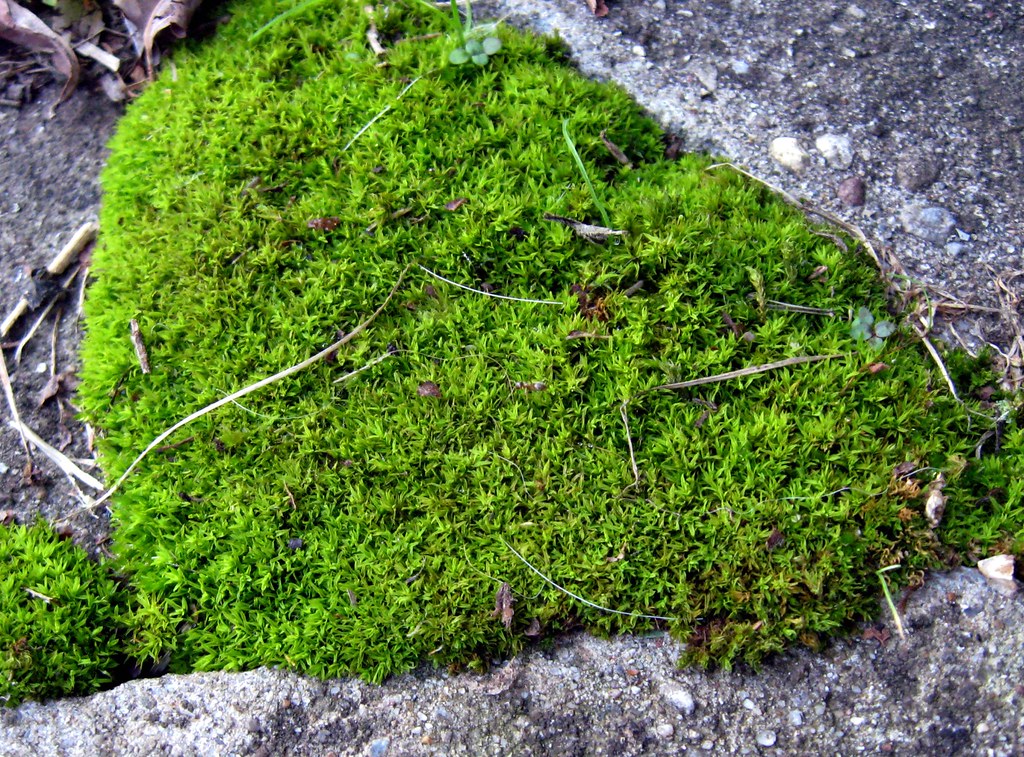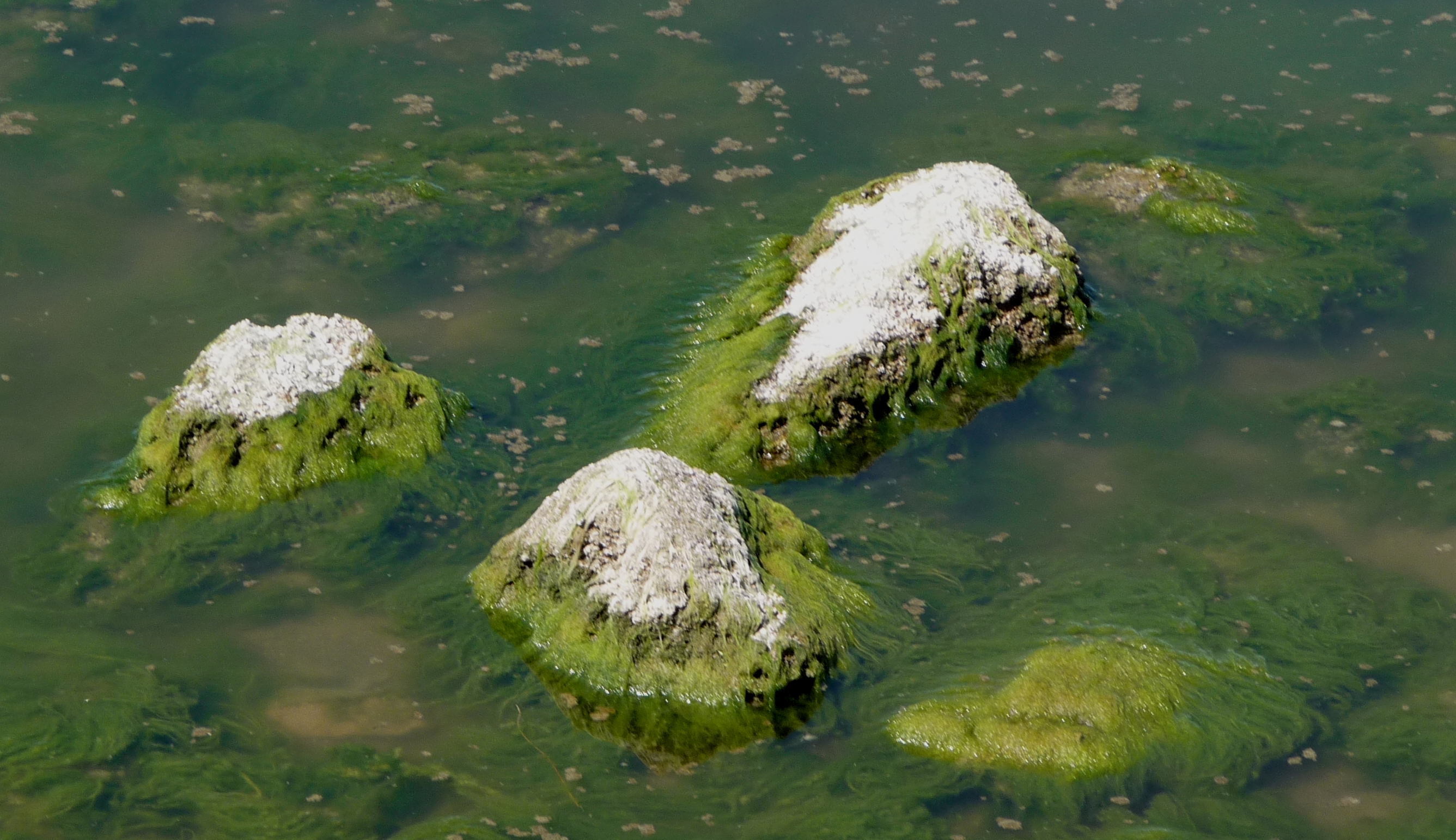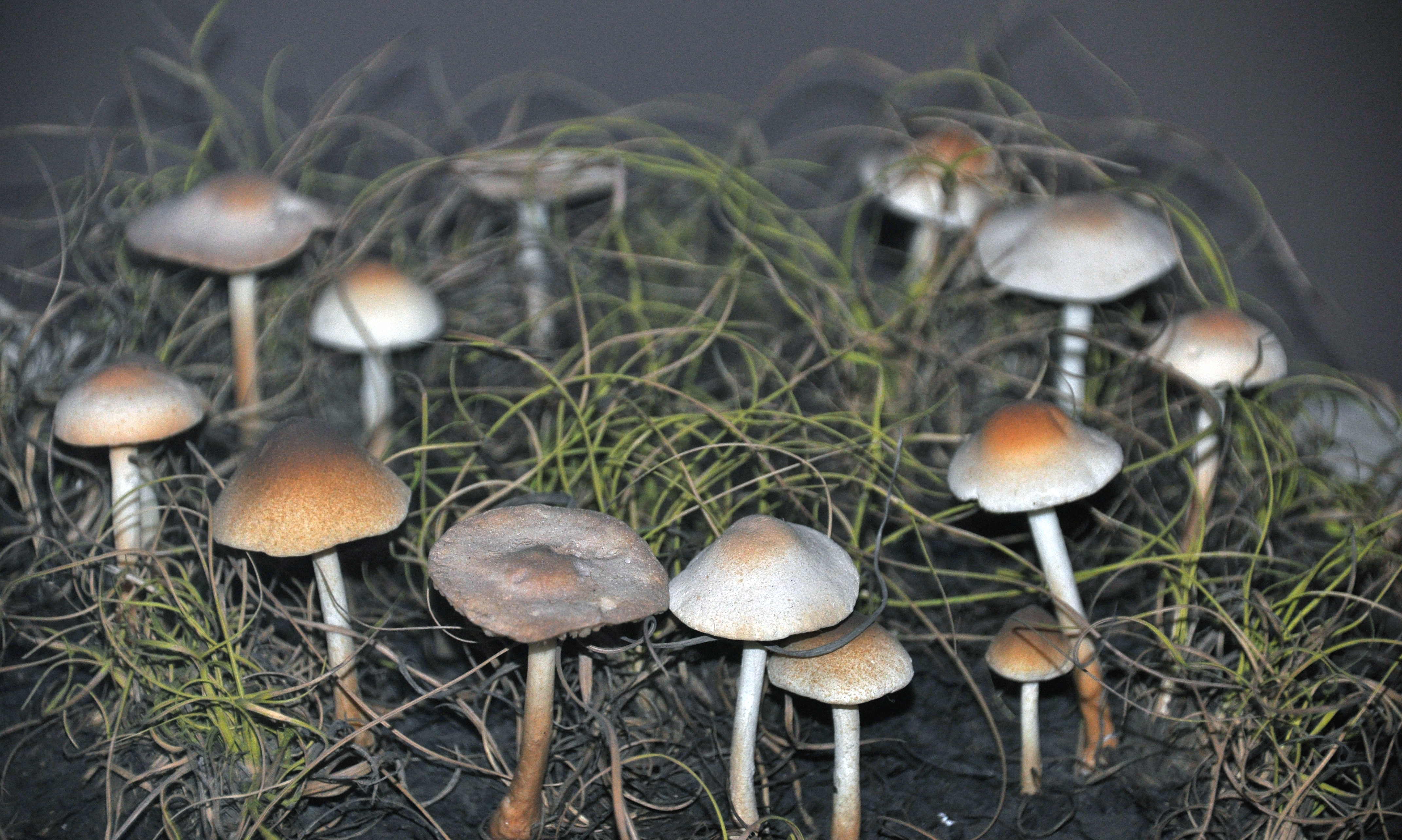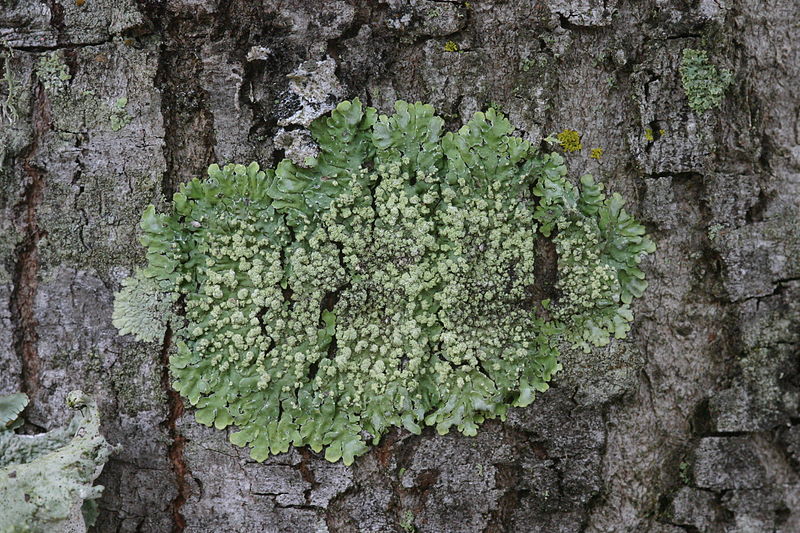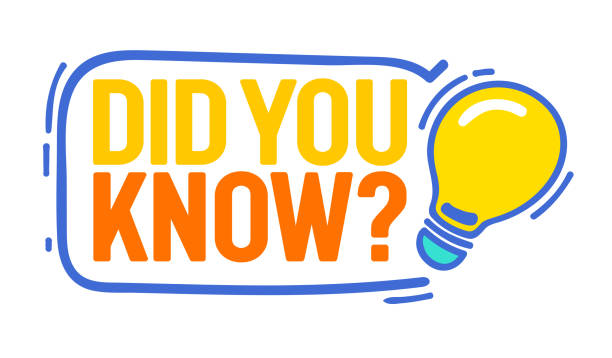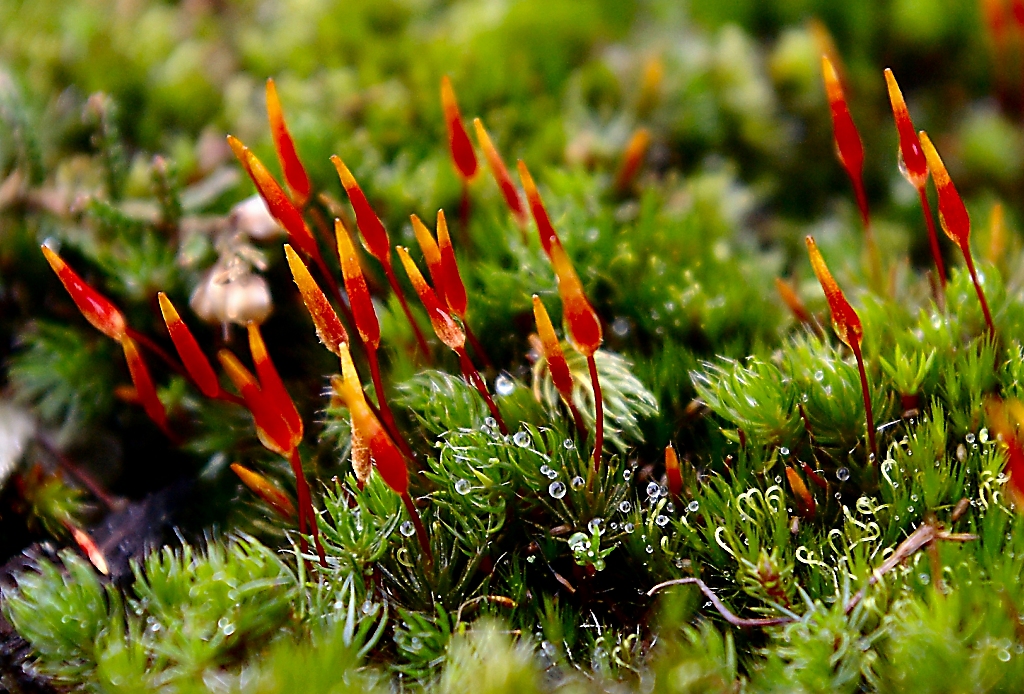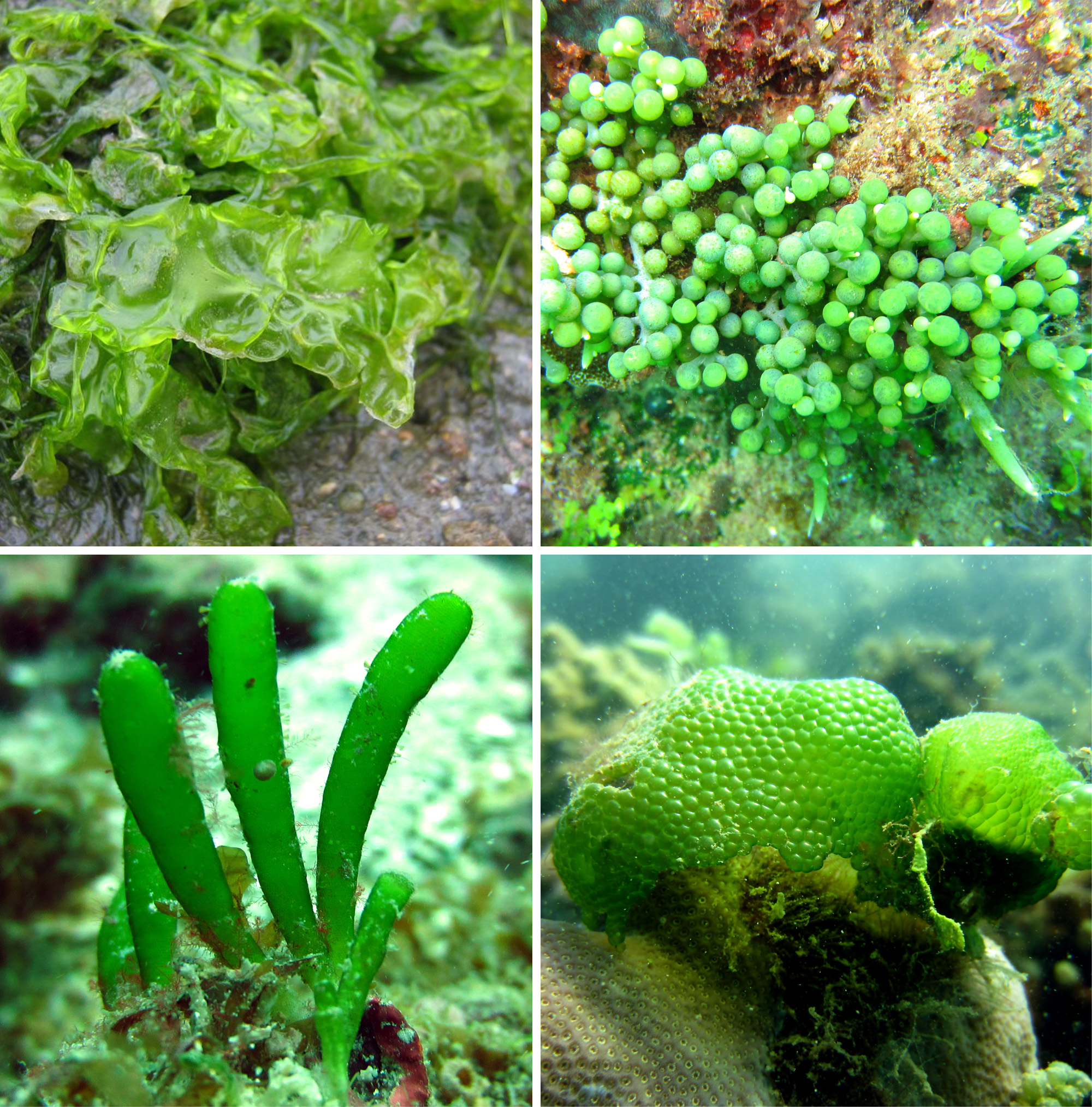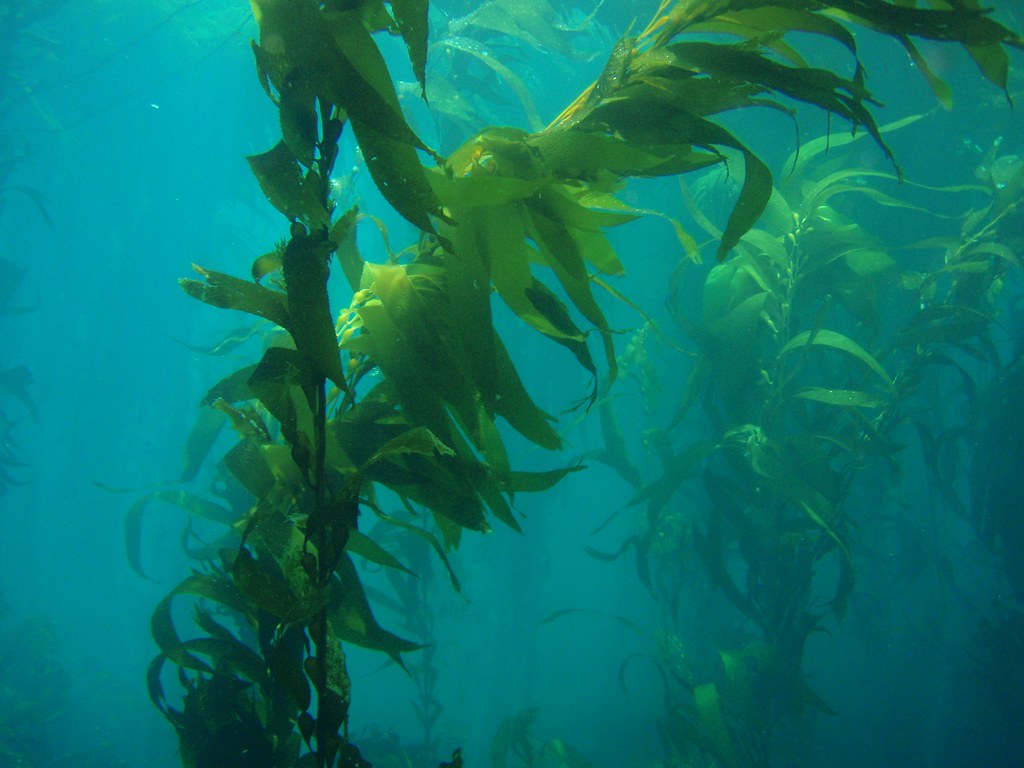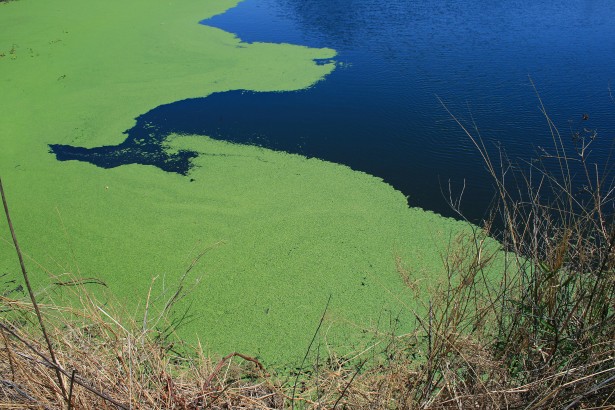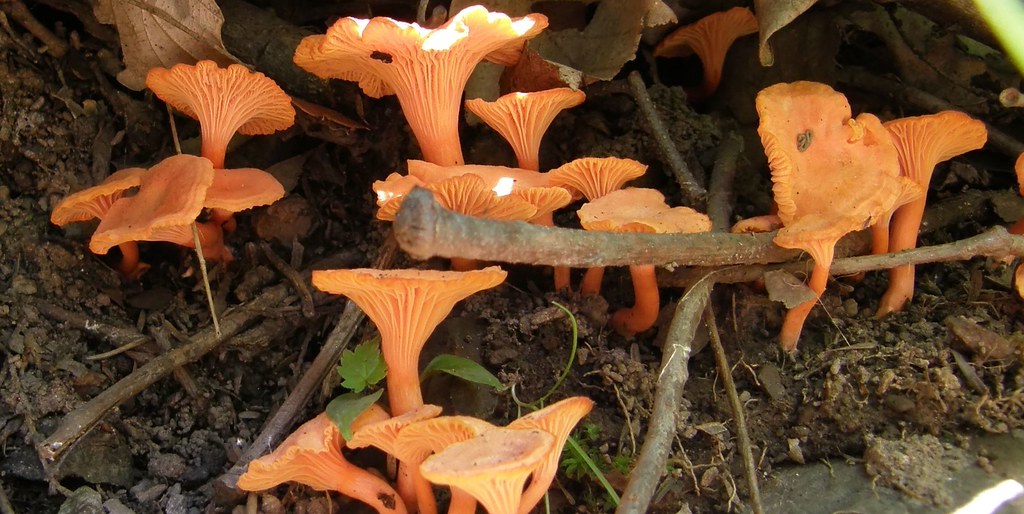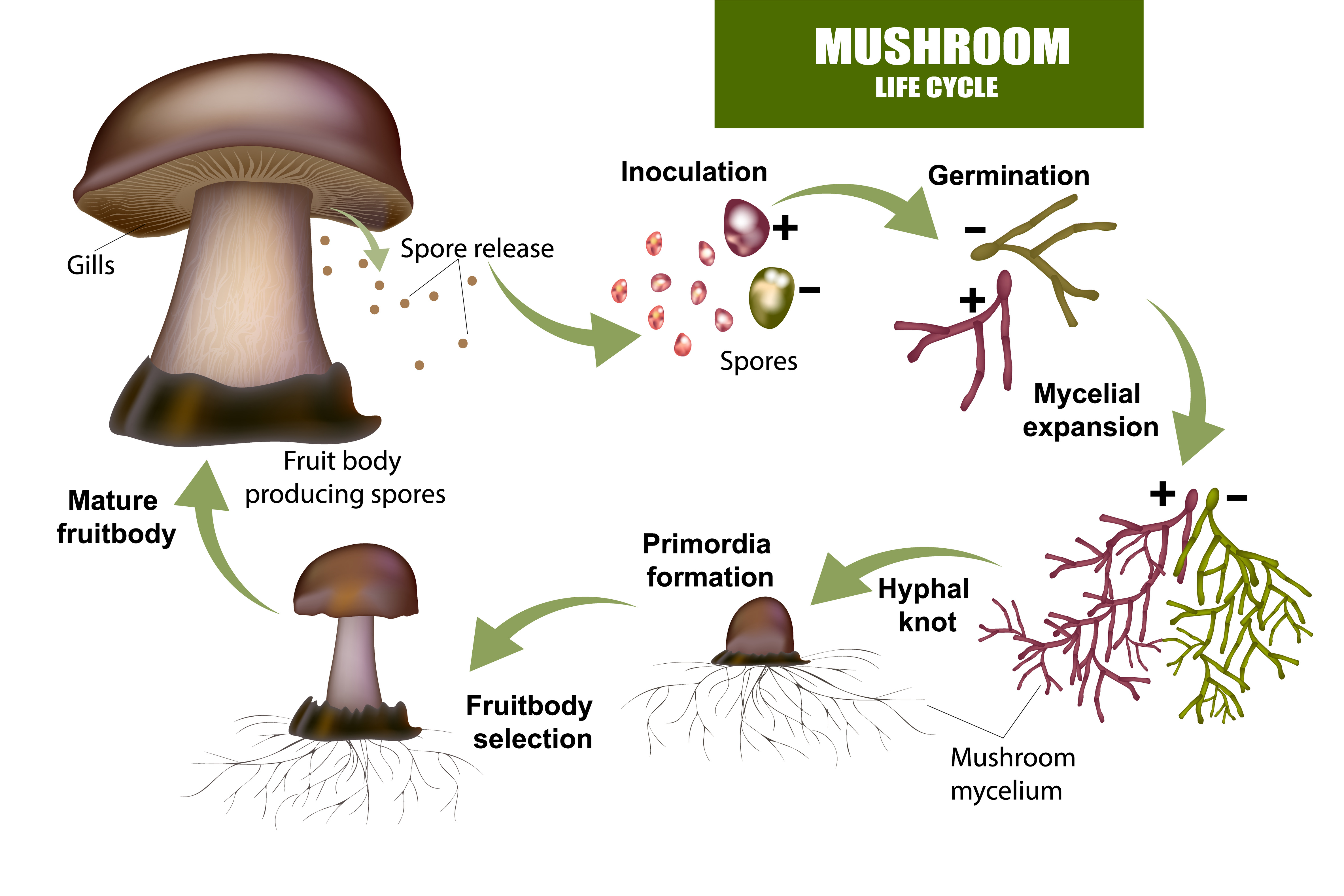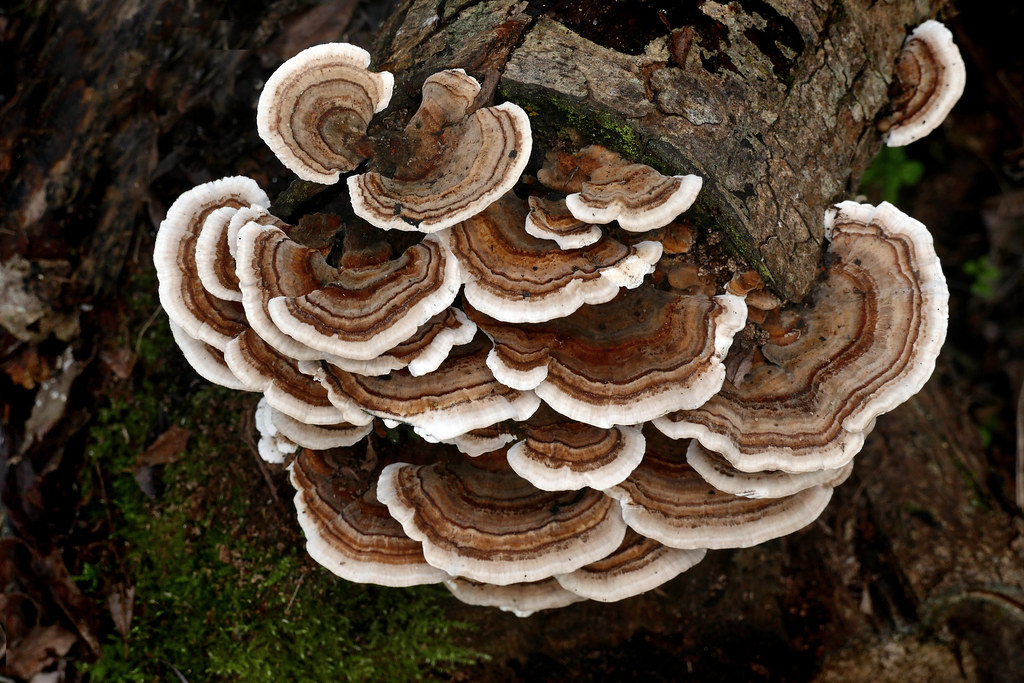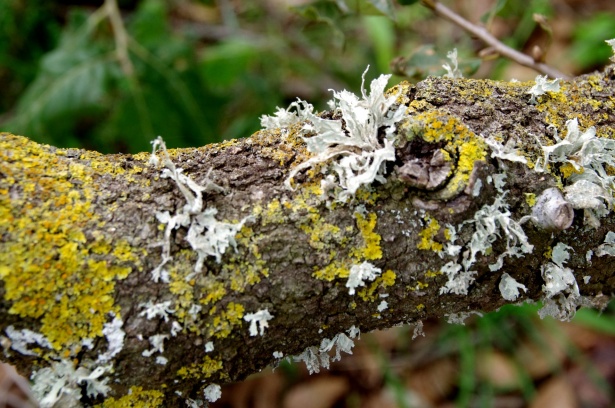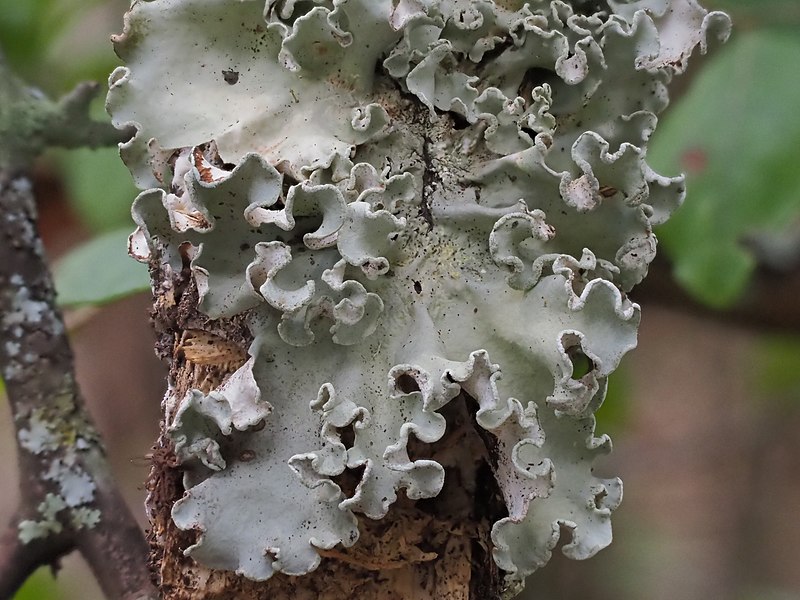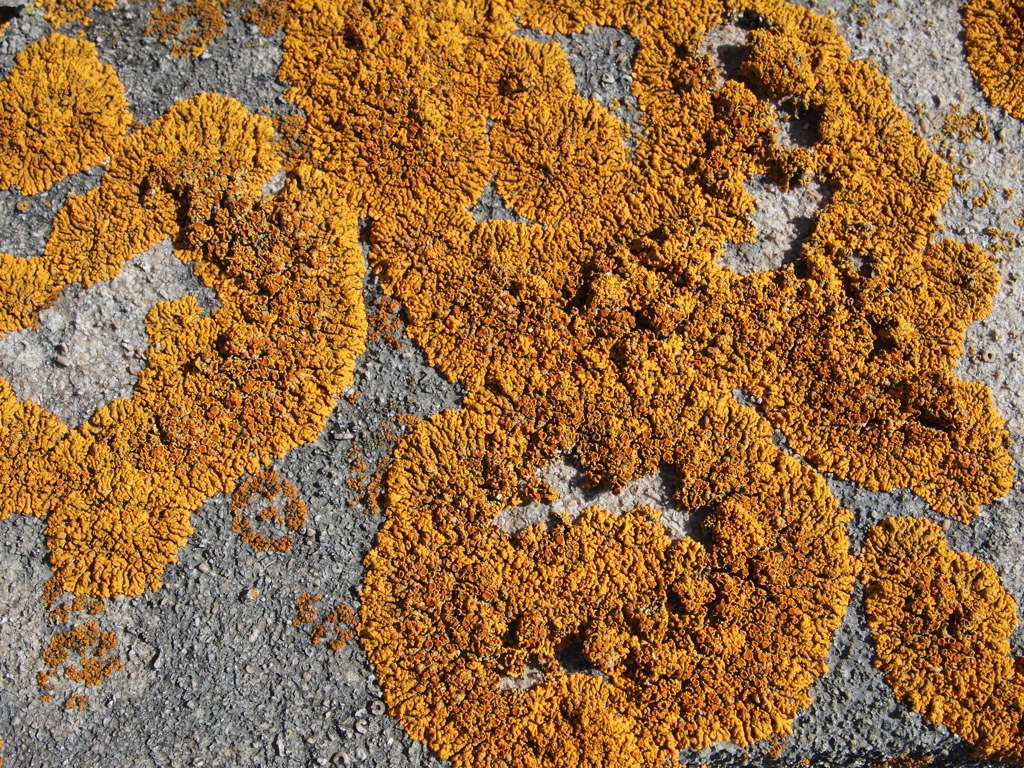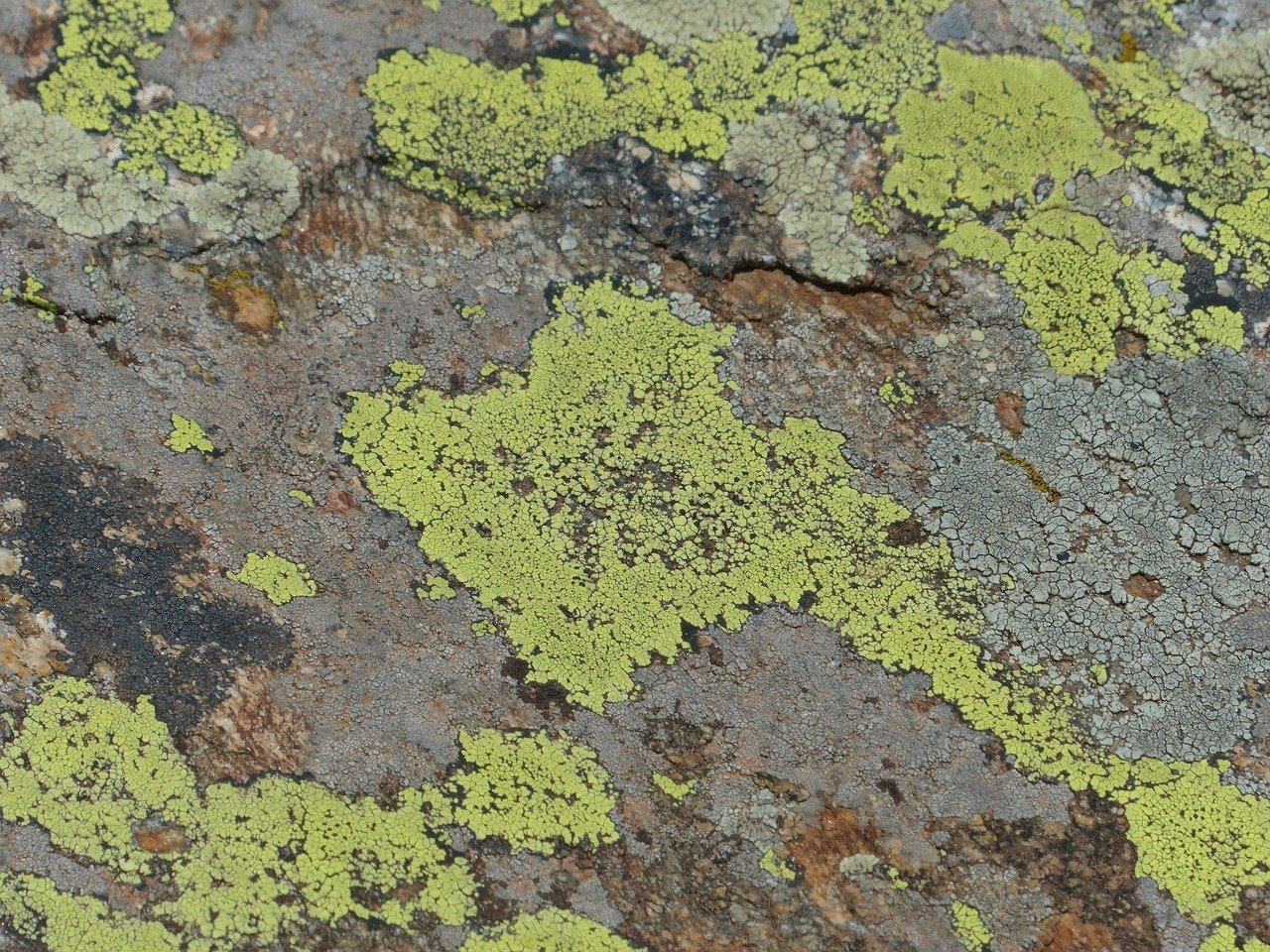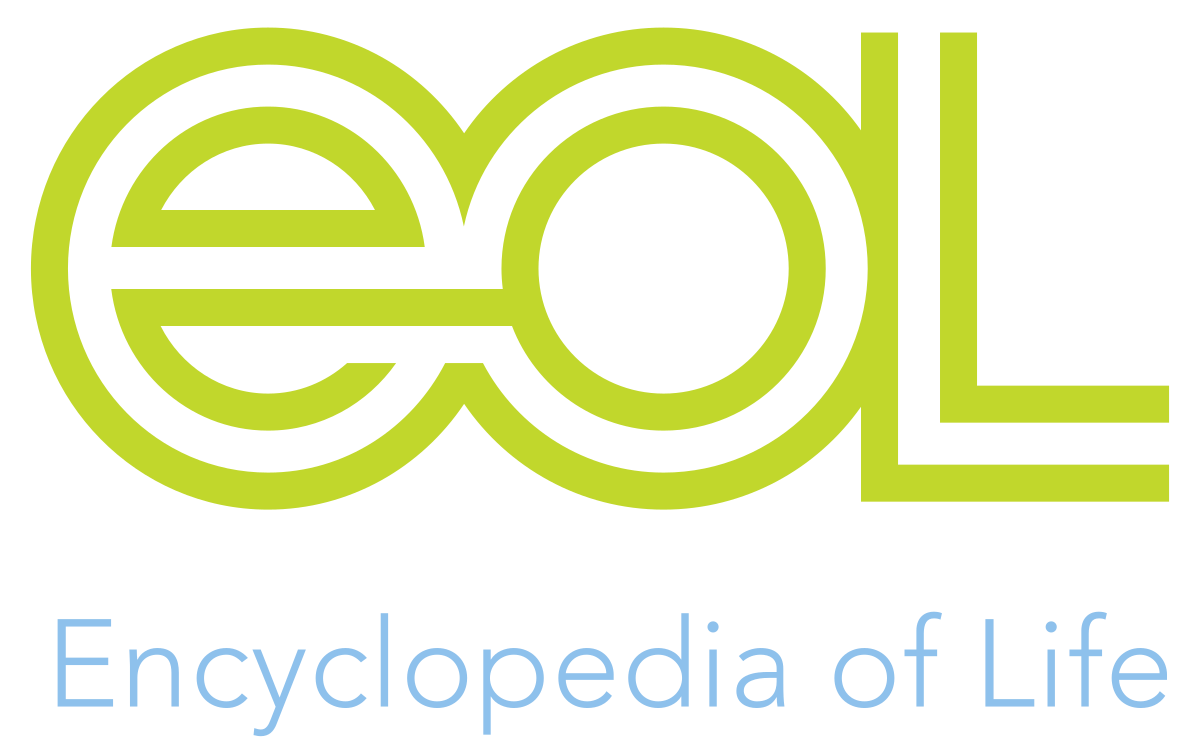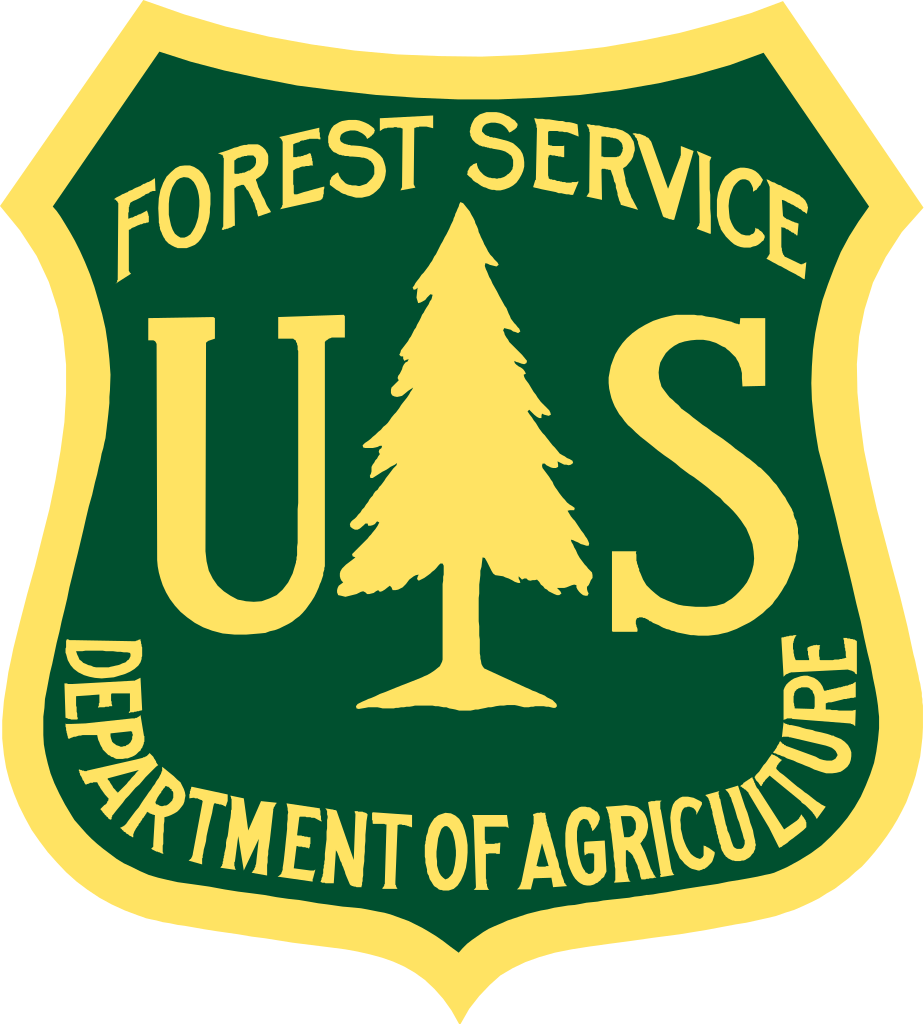Dig into Plants: Similar Species (Elementary)
Similar Species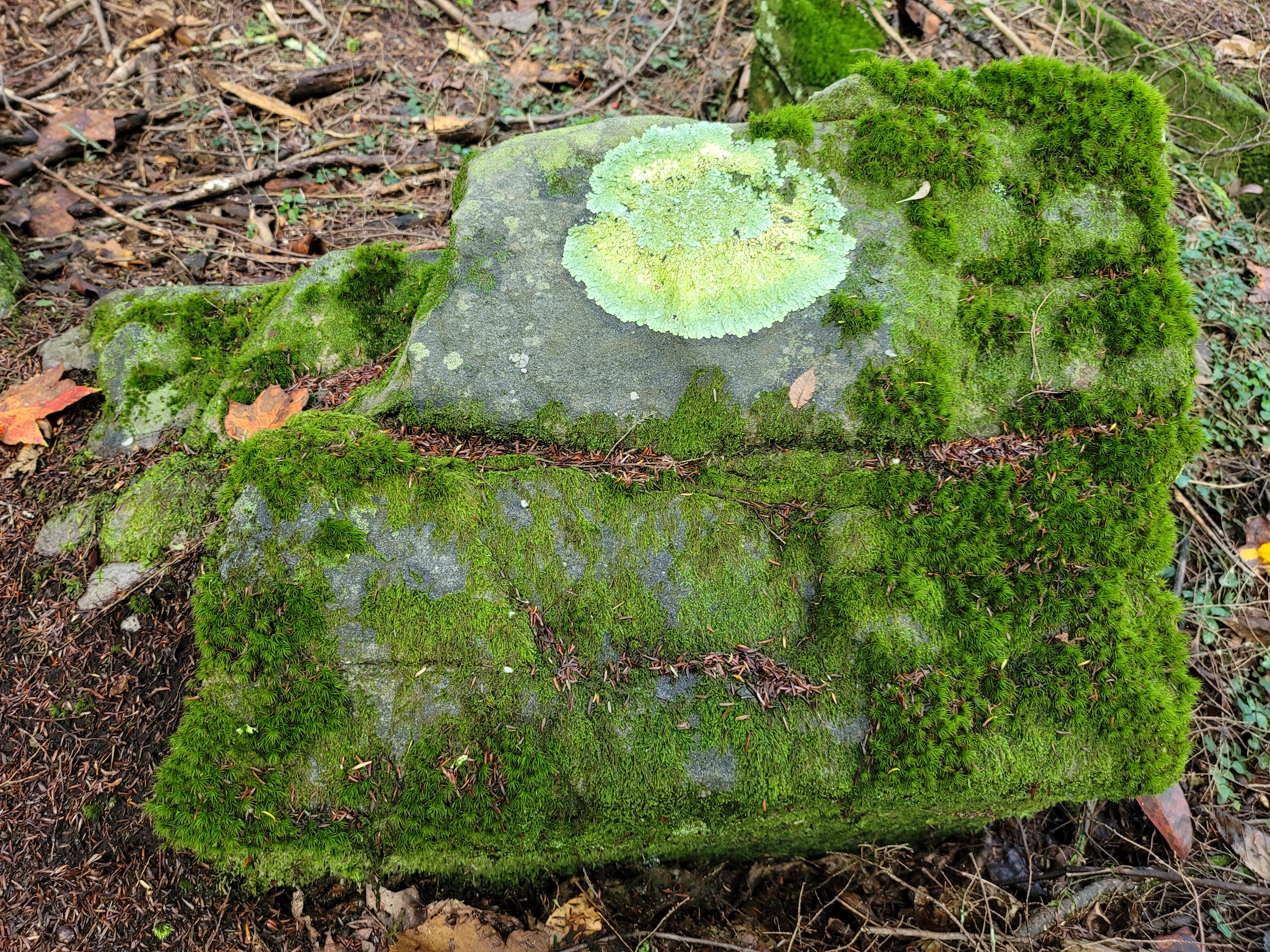

Some groups of organisms such as mosses, algae, mushrooms, and lichens are often referred to as plants because they can be found in similar habitats as true plants, but they do not have the same shape or structure as common plants like wildflowers, bushes, or trees.
Also, people assume theses similar species must be plants since they do not look or behave like animals. However, there are other classifications (categories) of living things in addition to plants and animals, and only one of these (mosses, algae, mushrooms and lichens) is classified as true plants.
Learn more about...
| Mosses | Algae | Mushrooms | ||
Comparison Chart for All Four Similar Groups |
||||
|
||||
| Mushroom Life Cycle: | |
| Mushrooms reproduce by spores (tiny seed-like structures that can only be seen with a microscope). When a spore lands in a favorable location, it grows into a new individual. Eventually the new mushroom will release new spores, and the cycle will continue. Visit Learn how to make a mushroom spore print and use the Making a Mushroom Spore Print Lesson Plan from Science Learning Hub (PDF) to make your own spore print! Ecological Benefits: |
Adobe Stock
Click on image to enlarge it |
| Mushrooms play an important role in the interactions among organisms and what they eat (the food web) because they function as decomposers. Decomposers break down nonliving organisms and release nutrients back into the ecosystem. |
|
|
Turkey Tail Mushroom
flickr - Bernard Spragg. NZ Click on image to enlarge it |
| The Strangely Popular Lichen Song Music and lyrics © 1991 by Alan AtKisson – from the album “Whole Lotta Shoppin’ Goin’ On,” Rain City Records, 1999 |
| Identification: | ||
The portion of the lichen that is visible is called the thallus. There are several types, each having their own name and identifying traits.
|
||
| Foliose Lichen Wikimedia - Vitaly Charny Click on image to enlarge it |
Fruticose Lichen flickr - Martin LaBar Click on image to enlarge it |
Crustose Lichen flickr - Miss Anthropology Click on image to enlarge it |
| Habitat Requirements: | |
| Lichens can grow in nearly all terrestrial (land) environments. The close relationship between the fungi and algae allows both types of organisms to live in a more broad range of environments than they would be able to live as an individual species. Lichens absorb water from the air, so they tend to grow in areas that are foggy or have a moist habitat. If they dry out, they become brittle, turn a drab gray color, and become dormant. When there is enough moisture in the air, they appear more bright in color due to the algae or cyanobacteria. Lichens can be found on or inside rocks, on or inside tree bark, and on woody surfaces. They can also grow on the soil, on mosses, on leaves, or on other lichens. They can even grow on manmade materials such as concrete, metal, glass, and plastic. |
|
| Lichen Life Cycle: | |
| The fungus portion of the lichen produces fruiting parts that release spores (tiny seed-like structures that can only be seen with a microscope). The fungus that grows from the spore must find a new algae partner, or it will not survive because the algae portion of a lichen does not reproduce. Another form of reproduction is fragmentation of the thallus. A piece of the lichen breaks off and begins gwowing into a new individual. |
|
| Ecological Benefits: | |
| Lichens play an important role in the biological weathering of rocks in an ecosystem. Because they live on the surfaces of rocks and produce chemicals, they begin breaking down the rock, releasing minerals. This slow breakdown of rocks is the first step in creating soil that will eventually be used by plants. Because lichens absorb water vapor through the air, they require fresh air. If there are pollutants in the environment, they will absorb those as well. Lichens can be used as an indicator of pollution for materials like metal, carbon, and sulfur. |
Lichen on Rocks
pixabay - Hans Click on image to enlarge it |
Lichens are used as a food source and nesting materials by a variety of animals.
|
|
|
| Comparison Chart |
| Mosses | Algae | Mushrooms | Lichens | |
| Classification (Kingdom) |
Plant (Kingdom Plantae) |
Protist (Kingdom Protista) |
Fungus (Kingdom Fungi) |
Cyanobacteria or Fungus & Alga (Kingdom Fungi) (Kingdom Protista) (Kingdom Monera) |
| Identification | Looks like a small clump or flat mat, often green in color, soft to touch, and usually found in damp and shady areas. | In ponds and lakes, looks like greenish-brown or greenish-blue clumps (sometimes stringy) usually found in still or slow moving waters | Often has a short stem with a disc-shaped cap on top; Ranges in colors including brown, black, white, cream, pink, yellow, red, and purple | Form in patches of different sizes and shapes including (1) Foliose: flat and leafy, (2) Fruticose: wired or tufted, and (3) Crustose: flat crust over surface |
| Habitat | Moist, shady habitats on the ground or decaying (dying) plant-life | Aquatic (Water) habitats like ponds, lakes & oceans with sunshine | Moist, shady habitats on the ground or decaying (dying) plant-life | Moist, shady habitats usually on rocks and trees |
| Life Cycle/ Reproduction |
Reproduces by fragmentation or spores | Reproduces by fragmentation, spores, or fusing of cells from two separate individuals | Reproduces by spores |
Fungus portion of the lichen reproduces by spores; The structure containing the fungus and alga or cyanobacterium can fragment into new individuals |
| Ecological Benefits |
Break down exposed surfaces; Control soil erosion |
Produces large amounts of oxygen; Base of the food web in aquatic environments |
Decomposers: break down dead organisms and release nutrients back into the system |
Biological weathering; Indicator of air pollution |
INFORMATION SOURCES
 Wildlife Tag
Wildlife Tag
